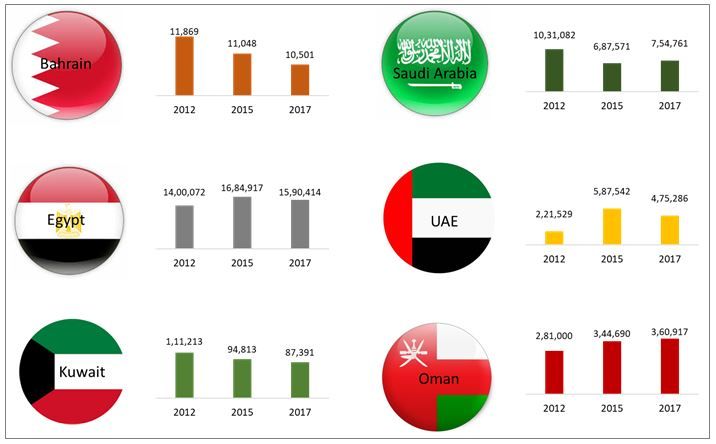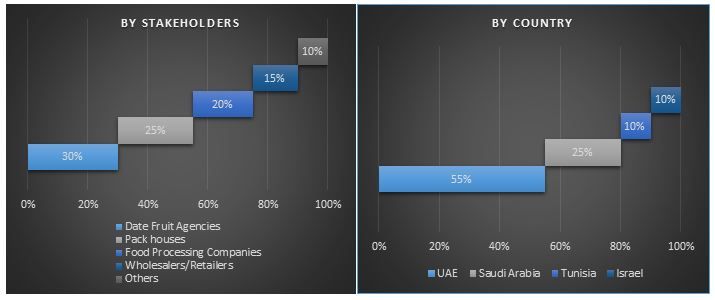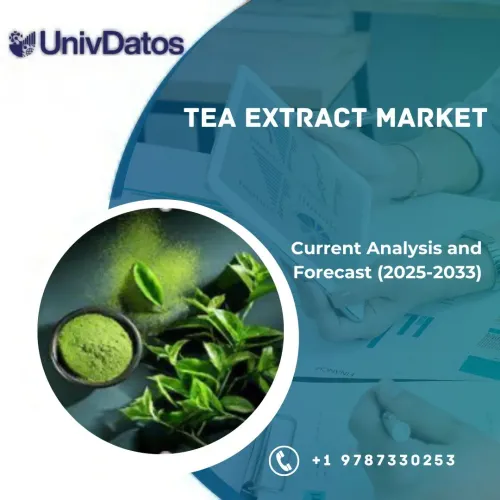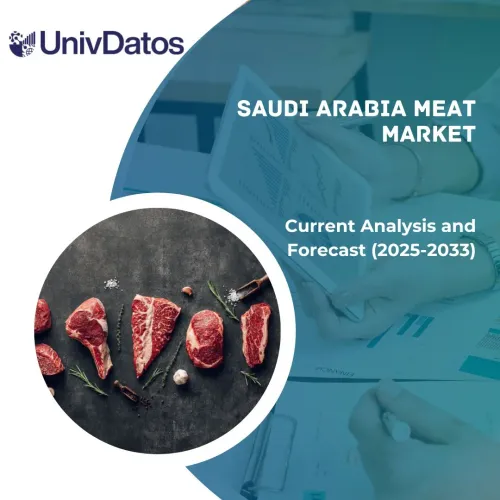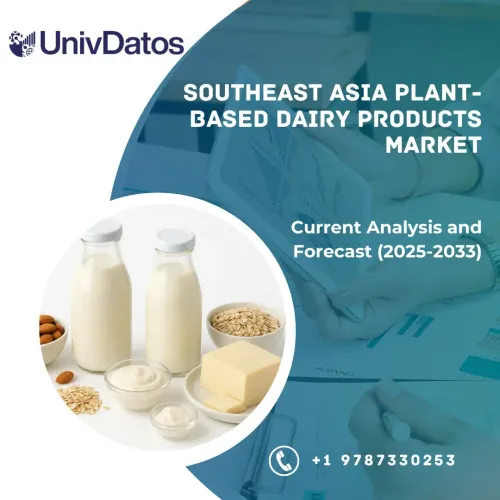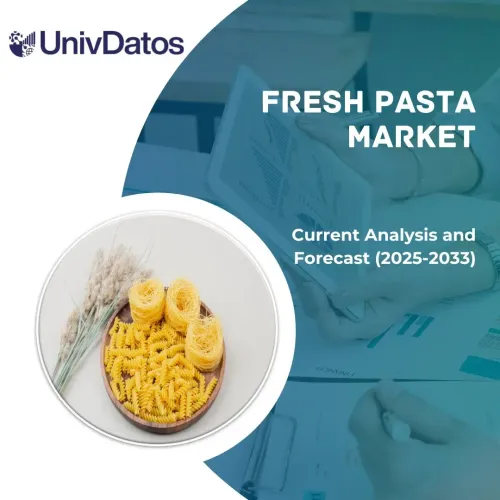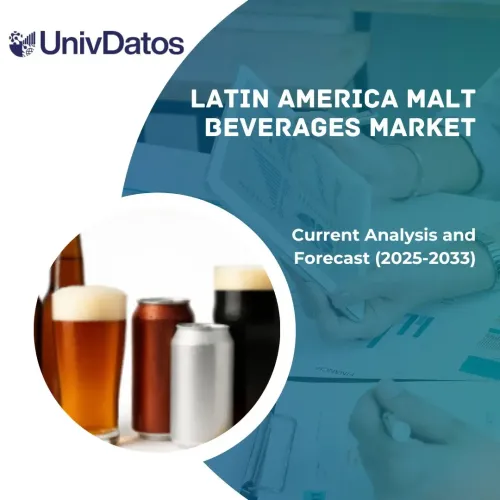- Home
- About Us
- Industry
- Services
- Reading
- Contact Us
Middle East Dates Fruit Market: Analysis and Forecast 2019-2025
Emphasis on Dates Fruit by Nature (Conventional and Organic Dates)), by Form (Raw and Processed Dates), by Type (Deglet Noor, Medjool, Barhi, Ajwa, Zahidi, Fard and Other Dates) and Country
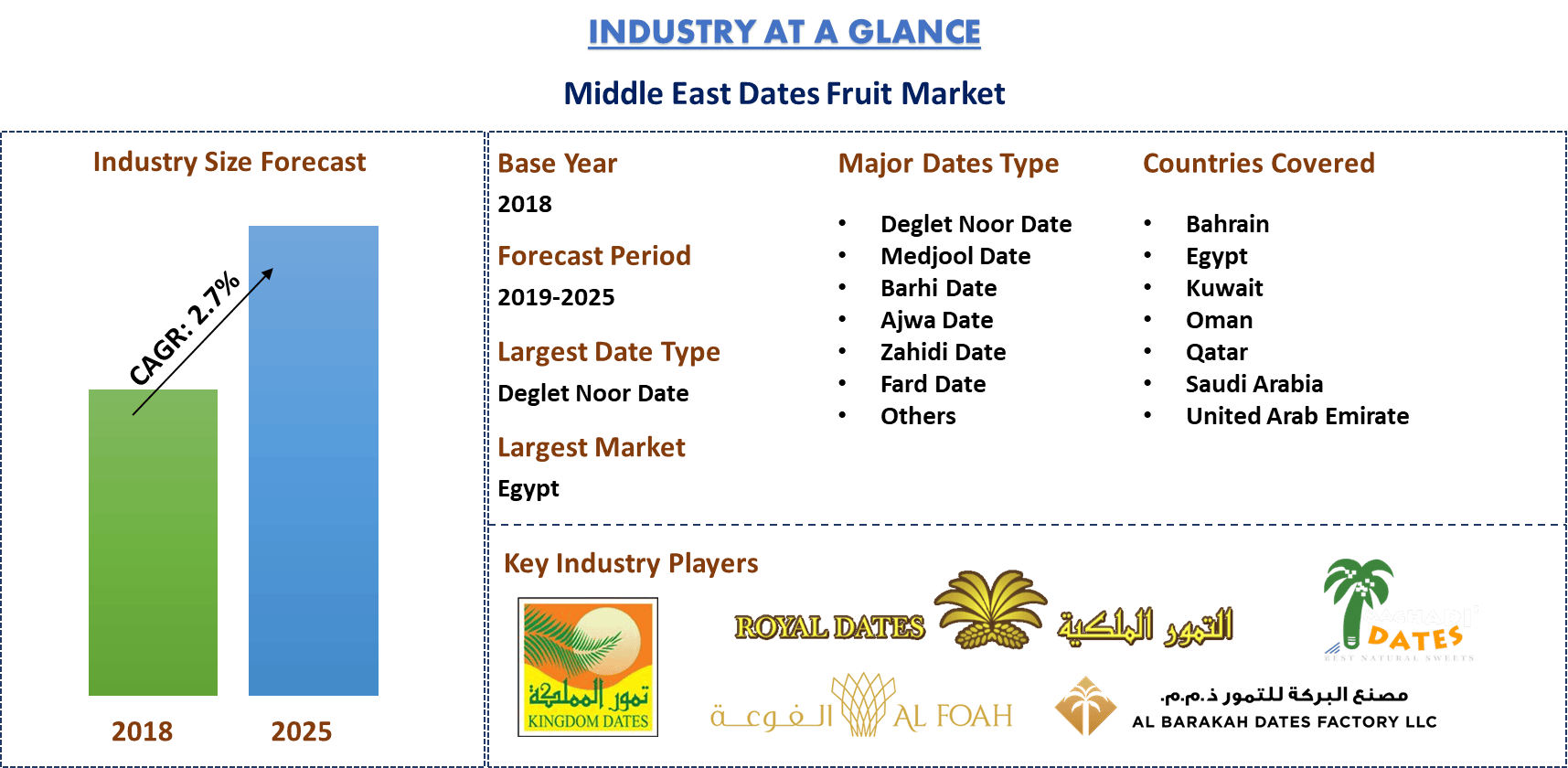
The Middle East date fruit market is anticipated to reach US$ 9.1 billion by 2025, displaying reasonable CAGR of 2.73% over the forecast period (2019-2025). Dates are reddish yellow sweet fruits and one of the earliest crops that are primarily cultivated in Middle East region. Dates are considered as staple food in the Middle East region with the evidence of cultivation dating back to 7,000 BC. The favourable climatic conditions in Middle East region is best suited for the cultivation of dates keeping into account the humidity levels as an important aspect. This has significantly influenced the date market in the region. Moreover, rich nutritional and health benefits associated with dates act as another catalysing parameter propelling its increased demand in the region. Eating dates especially during fasting helps to rebalance the body’s system as they are rich in natural sugars and hence raise the blood sugar levels of the body. In 2016, the Middle East accounted for more than 75% of the global exports value, totalling US$$ 1.12 billion.
Date Production in Middle East Region 2012-2017 (in tonnes)
In addition, increased offerings in terms of variety of dates has also resulted into surging demand for dates as they prefer date-based purees and syrups as one the key ingredients in their food. Furthermore, rising demand of dried dates to enhance nutritional value of bakery and confectionery products has also paved the way for immense opportunities for date fruits in the Middle East region. As dates are grown extensively around the world, the Middle East region constitutes to be the largest producer as well as the largest consumer. Dates are found in more than 1,500 varieties with Bahri, Deglet Noor and Zahidi being the prominent and oldest known variety. However, high prices of dates tend to hamper the growth. Furthermore, increasing tourism in countries such as the UAE and Saudi Arabia would further increase the overall demand for dates fruit in the specified countries.
“Conventional dates expected to dominate during the analyzed period.”
Based on nature, the Middle East Date fruits market is segmented into organic and conventional. The conventional dates occupy the largest share and is expected to maintain its dominance throughout the forecast period 2018-2025. However, organic dates are expected to witness the highest CAGR growth during the analyzed period on account of numerous companies diverting their focus to organic date cultivation.
“Amongst date fruit forms, processed dates tend to conquer the market during the forecast period.”
The study further bifurcates the dates market into different forms of dates including, raw and processed dates, wherein processed form is available in paste, dried, purees and syrups. Since date market in Middle East accounts for majority of date consumption as well as production in the world, dates are majorly consumed as a part of cuisine and is mainly used to make pastries and delicacies.
“Deglet Noor constitutes to be the most prominent date variety available in Middle East region.”
The Middle East Dates fruit industry is further segmented based on varieties of dates which encompass Barhi, Thoory, Halawi, Medjool, Deglet Noor, Fard, Zahidi and others. At present, deglet noor is one of the most famous date types, which has soft honey like taste and is in translucent light color.
GCC Date Fruit Exports & Import by Volume 2013-2017 (in tonnes)
“Egypt represents itself as one of the largest producers of dates with production centered on desert oases and river Nile.”
For a deep dive analysis of the industry, the study also includes country-level analysis including major markets of dates in the Middle East region such as Saudi Arabia, the UAE, Kuwait, Qatar, Egypt, Bahrain, Oman. Egypt is considered as the world’s largest producer of dates fruit and is the most lucrative market. Moreover, favorable geographical and climatic conditions for the production of dates, growing exports to compete internationally along with the ability to fulfil the local demands and favorable government policies have further intensified the market potential in Egypt.
Competitive Landscape-Top 10 Market Players
Some of the major players operating in the Middle East Dates fruit market are Al Foah, Al Barakh Dates Factory, Hadiklaim Dates Grower Cooperative, Maghadi Dates, Haifa Dates, Kingdom Dates, Sharjah Dates, Sahara Dates, Emirates Dates and Al Mohamadia Dates Company. With an objective to enhance their product portfolio, these players have adopted various strategies to increase the production of date fruit in their farms and factories to cater to the increasing customer demand for date fruits in different form.
Reasons to buy (The research report presents):
- Current and future market size from 2018 to 2025 in terms of value (US$)
- Combined analysis of deep dive secondary research and input from primary research through Key Opinion Leader of the industry
- Country level details of the overall consumption and production of dates fruit
- Country level export and import data of dates fruit, both in volume and value
- A quick review of overall industry performance at a glance
- An In-depth analysis of key industry players
- A detailed analysis of regulatory framework, drivers, restraints, key trends and opportunities prevailing in the industry
- Examination of industry attractiveness with the help of Porter’s Five Forces analysis
- The study comprehensively covers the market across different segments and sub-segments of dates fruit
- Country Covered: Bahrain, Egypt, Kuwait, Oman, Qatar, Saudi Arabia and United Arab Emirates
Customization Options:
UMI understands that you may have your own business need, hence we also provide fully customized solutions to clients. The Middle East dates fruit market can be customized to regional/country level or any other market segment as per the client’s requirement.
Table of Content
Analysing historical market, estimation of the current market and forecasting the future market for the Middle East date fruit were the three major steps to create and analyse the production and consumption trend of date fruit in the Middle East region. Exhaustive secondary research was conducted to collect the historical production values, total harvested area, yield percentage, export and import data both in terms of volume and values to estimate the current market size of the date fruit in the Middle East region. Secondly, to validate these insights, various assumptions were taken into consideration. Moreover, exhaustive primary interviews were conducted with industry experts across value chain of the date fruit industry. After all the assumption, market sizing and validation of market numbers through primary interviews, bottom-up approach was employed to forecast the complete market size in different Middle East countries. Thereafter, market breakdown and data triangulation methods were adopted to estimate and analyse the market size of segments and sub-segments of the industry. Detailed methodology is explained below:
Analysis of Historical Market Size
Step 1: In-Depth Study of Secondary Sources:
Detailed secondary research was conducted to obtain the historical market size of the Middle East date fruit through company internal sources such as annual report & financial statements of top players, performance presentations, press releases, inventory records, sales figures, production data, export and import figures and external sources including trade journals, news & articles, government publications, economic data, competitor publications, sector reports, regulatory bodies publications, safety standard organizations, third-party database and other credible publications. Economic and production data of date fruit in the Middle East region, were collection through sources such as Trading Economics, FAO and Trade Map, Un Comtrade among others.
Step 2: Market Segmentation:
After obtaining historical market size of the Middle East date fruit market, detailed secondary analysis was done to gather historical market insights and share for different segments & sub-segments. Major segments included in the report are date fruit market by nature, form and type. Further analysis was also done to analyze the export and import scenario, production and consumption trends of date and its derivatives in the Middle East countries including Saudi Arabia, UAE, Egypt, Kuwait, Qatar, Oman and Bahrain.
Step 3: Factor Analysis:
After acquiring the historical market size of different segments and sub-segments, detailed factor analysis was conducted to estimate the current market size of the date fruit in the Middle East region. Factor analysis was conducted using dependent and independent variables such as purchasing power, tourist’s footfall, consumer behavior, religious month such as Ramadan and various date festivals conducted in the Middle East countries. The historical trends of the production and consumption of date fruit and their year-on-year impact on the market size and share in the recent past in the Middle East countries were analyzed. The demand and supply side scenario was also thoroughly studied.
Current Market Size Estimate & Forecast
Step 1: Current Market Sizing:
Based on actionable insights from the above 3 steps, current market size of the date fruits in the Middle East region, key players in the market and, market shares of these players were analyzed. All the required percentage shares, splits, and market breakdowns were determined using the above mentioned secondary approach and were verified through primary interviews.
Step 2: Estimation & Forecasting:
For market estimation and forecast, weightage was assigned to different factors including such as drivers & trends, restraints, and opportunities. After analyzing these factors, relevant forecasting technique i.e. bottom-up approach was applied to arrive at the market forecast pertaining to 2025 for different segment and sub-segments in the Middle East countries. The research methodology adopted to estimate the market size encompasses:
- The industry’s market size, in terms of value and volume of date fruit sold and purchased in the Middle East countries
- All percentage shares, splits, and breakdowns of market segments and sub-segments of the date fruits
- Key players in the Middle East date fruit market in terms of production levels, market share of these players. Also the growth strategies adopted by these players to compete in the growing Middle East date fruit market is also one of the major factor considered in the study
Market Size and Share Validation
Step 1: Primary Research:
In-depth interviews were conducted with the Key Opinion Leaders (KOLs) including Top Level Executives (CXO/VPs, Sales Head, Marketing and Operational Head, and Regional Head, Country Head etc.) in Middle East countries. Primary research findings were summarized and statistical analysis was performed to prove the stated hypothesis. Inputs from primary research were consolidated with secondary findings, hence turning information into actionable insights.
Split of Primary Participants in the Middle East
Market Engineering
The Data Triangulation technique was employed to complete the overall market engineering process and to arrive precise statistical numbers of each segment and sub-segment pertaining to the Date Fruit market in the Middle East region. The Data was split into several segments & sub-segments and countries post studying various parameters and trends in the areas of organic, conventional, raw/ fresh, processed, Deglet Noor, Medjool, Barhi, Ajwa, Zahidi, Fard date fruits.
Main objective of the Middle East Date Fruit Market Study
The current & future market trends of the Middle East Date Fruit market are pinpointed in the study. Investors can gain strategic insights to base their discretion for investments from the qualitative and quantitative analysis performed in the study. The current and future market trends would determine the overall attractiveness of the market not only at regional level but also at country level, providing a platform for the industrial participant to exploit the untapped market to benefit as the first mover advantage. Other quantitative goal of the studies includes:
- Analyse the current and forecast market size of the Middle East date fruit market in terms of value and volume
- Analyse the current and forecast market size of different segments and sub-segments of date fruit market
- Segments in the study include date fruits by forms, nature, types
- Analyse the production, consumption, export and import of date fruit in the Middle East countries including Saudi Arabia, UAE, Egypt, Bahrain, Oman, Kuwait and Qatar
- Analyse the presence of various intermediaries i.e. complete value chain of the Middle East date fruit market
- Analyse the importance of date fruit as a convention food in the Middle East countries
- Define and analysis of the government regulations for date fruit in Middle East countries
- Define and analyse the competitive landscape of different players operating in the Middle East date fruit market and the growth strategies adopted by these players to sustain in the ever-growing dates fruit market
Related Reports
Customers who bought this item also bought

